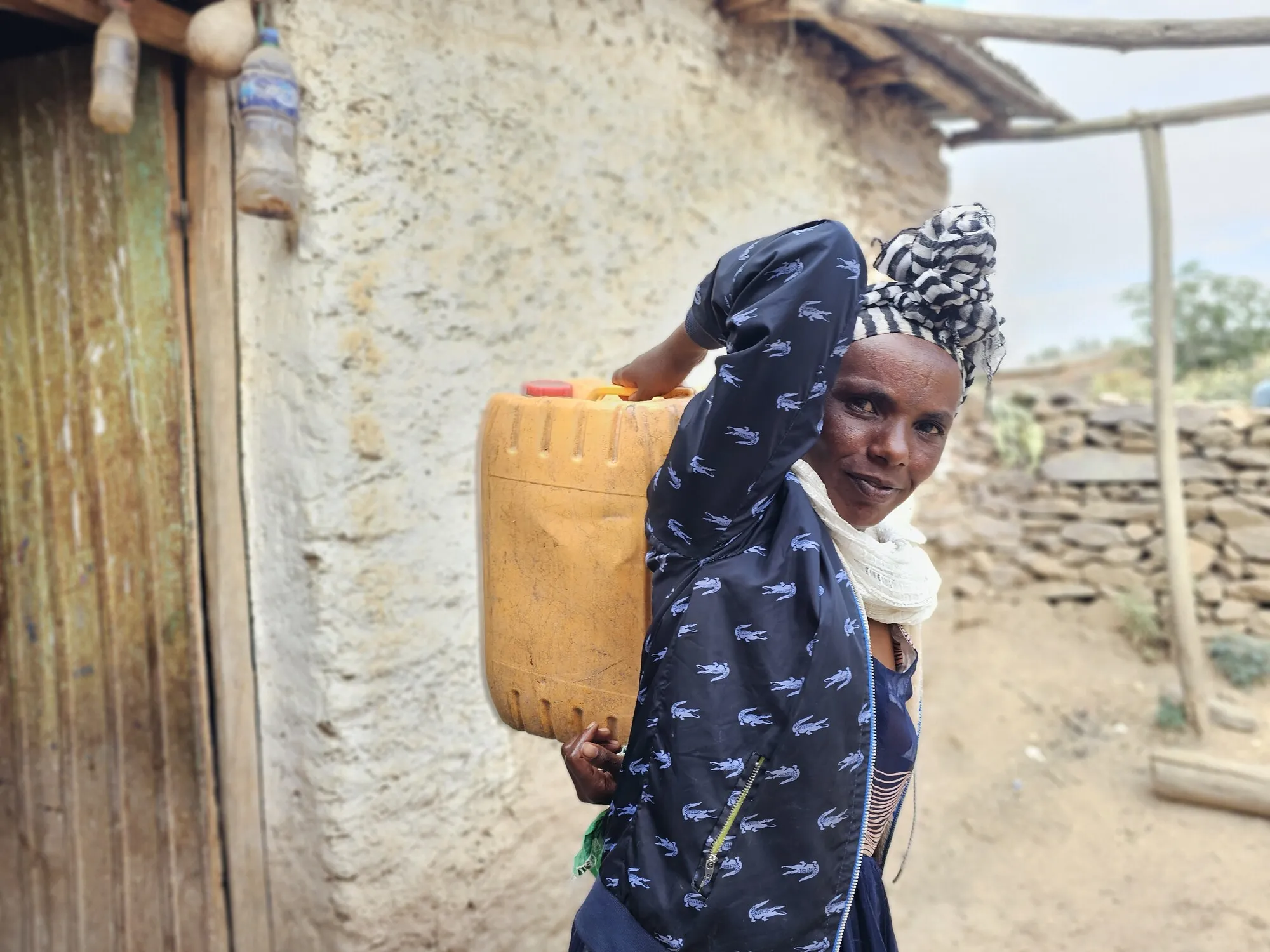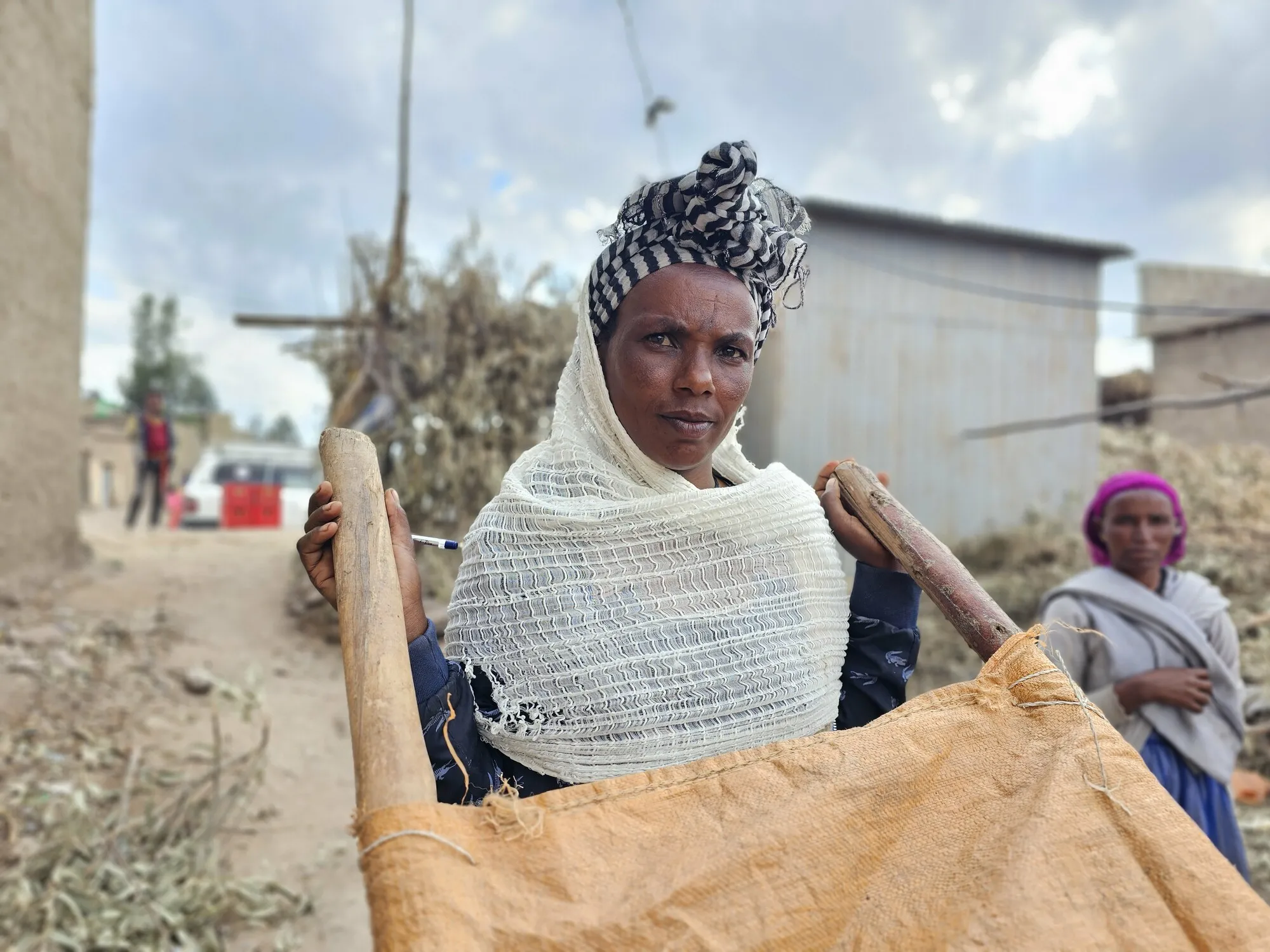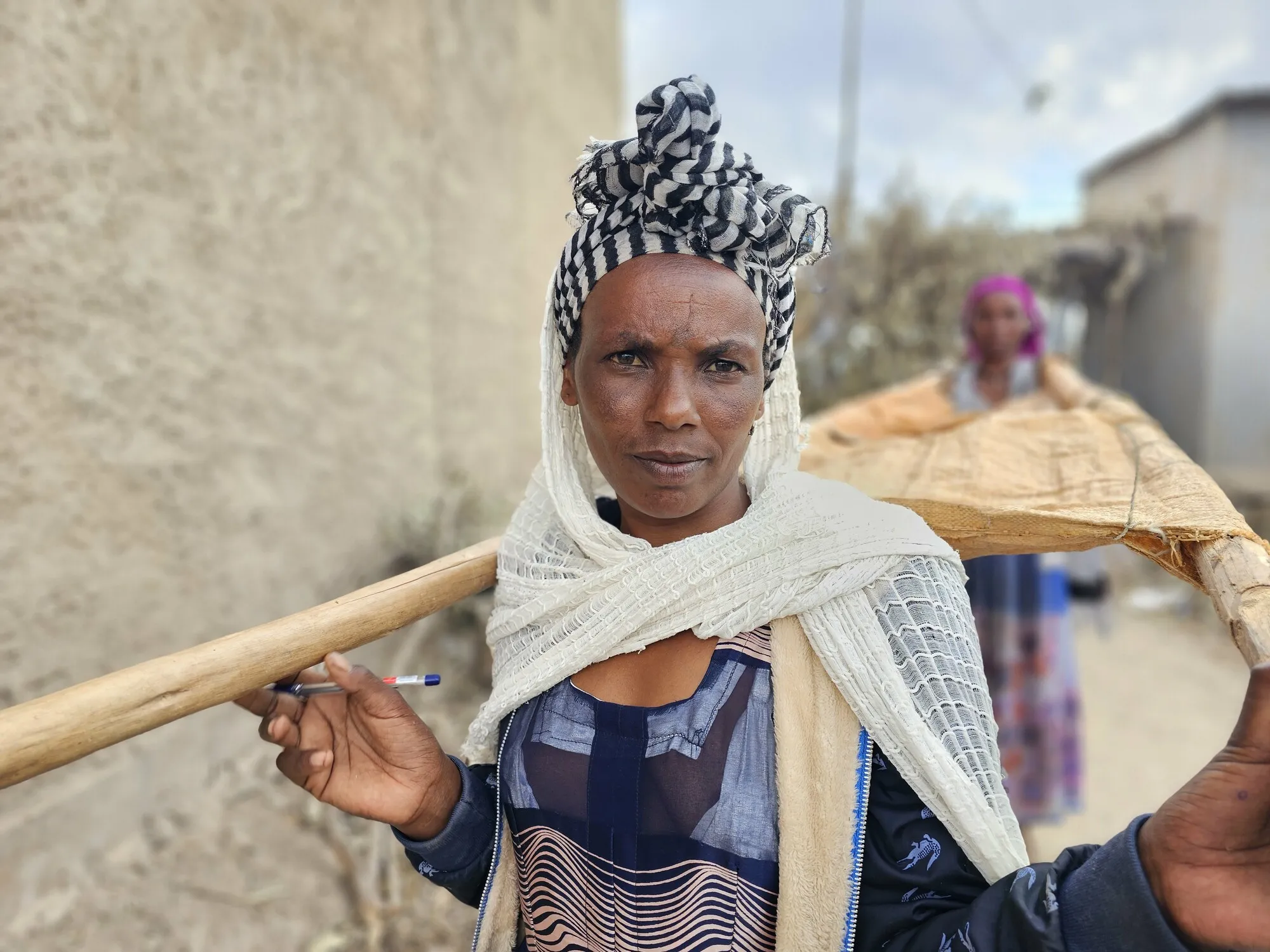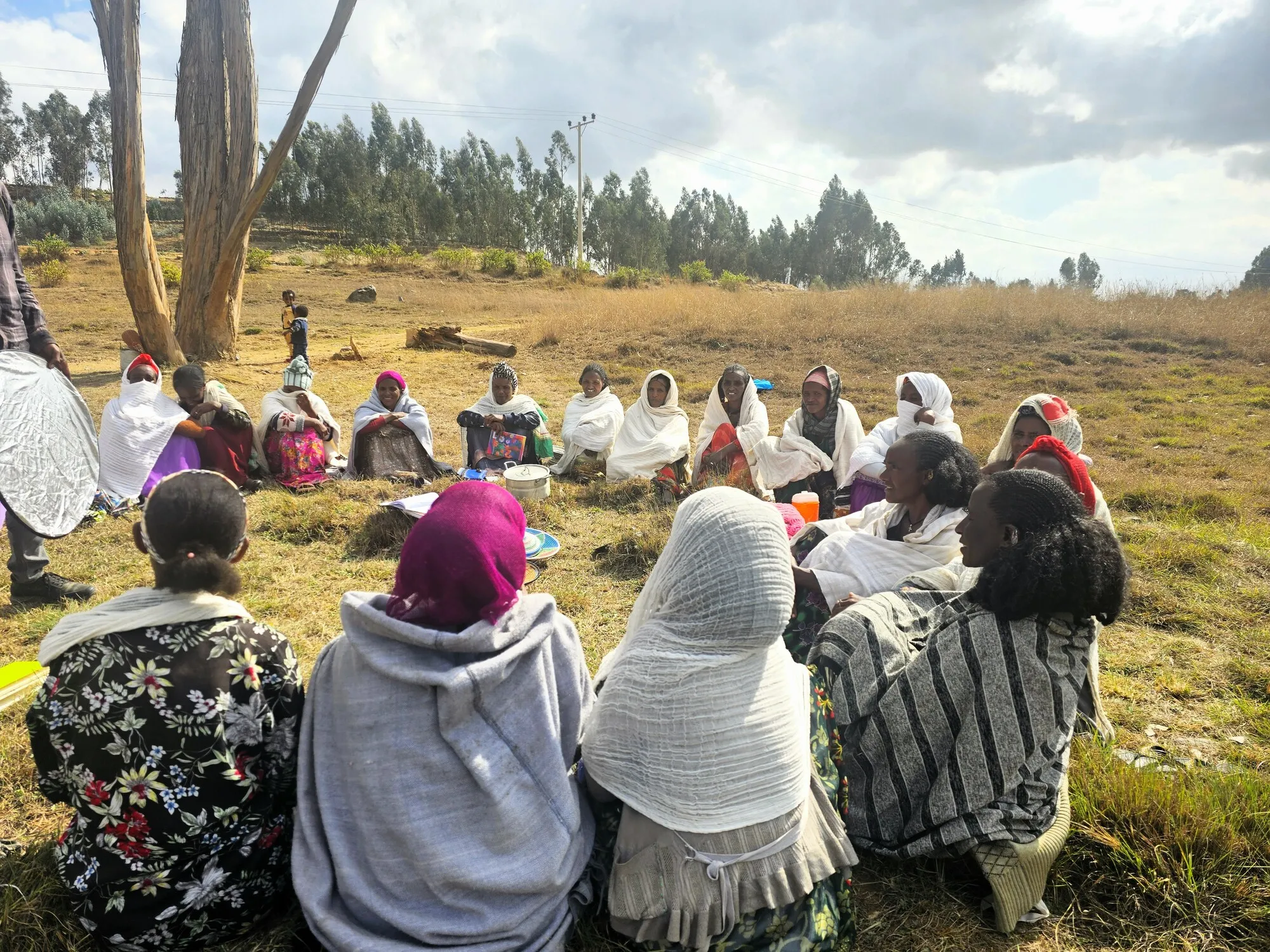The clinic close to Kahsa’s village is in poor condition.
“The clinic was heavily damaged and only open for the last year, but it is lacking supplies. Before the SELAM project it also did not have any access to water, so the women delivering babies had to bring a 5-liter jerrican of water with them for their own treatment,” says Kahsa.
Only 3 percent of health facilities in Tigray have been fully functional since the conflict due to lack of supplies and partial or total damage to facilities. 93 percent of referral facilities lack the basic supplies necessary for providing essential services for pregnant women and newborns .
“We need to do more for mothers,” says Kahsa.
Since the onset of the conflict, the maternal mortality rate in the region has increased fivefold, according to a study by the Regional Health Bureau.
This level is comparable to those of 22 years ago. Most deaths are due to easily preventable causes such as bleeding. More than 80 percent of the mothers died outside of a health facility. Before the conflict, there were less than 200 maternal deaths per 100,000 births in Tigray. Now the average is 840 , which is 210 times higher than the maternal mortality rate in Germany/168 times higher than the maternal mortality rate in Austria .
“The women get pregnant and cannot access care. And if she’s in labor she cannot travel. There are no ambulances and we do not have the money to pay for private transportation. So, what should we do?” asks Kahsa.
And even when they get to a health facility they often cannot be helped.
Kahsa and the women’s leadership group are trying to change that.






